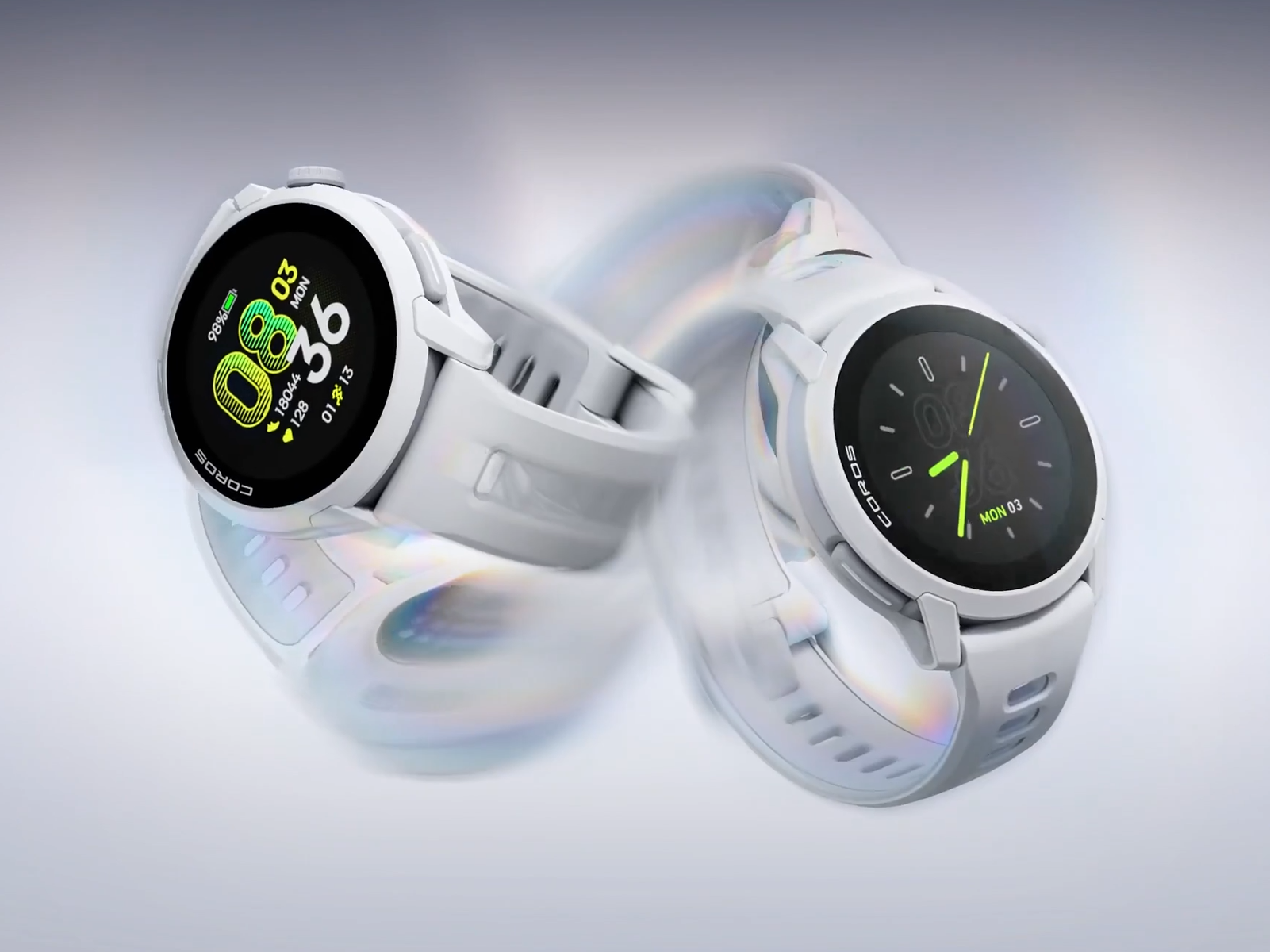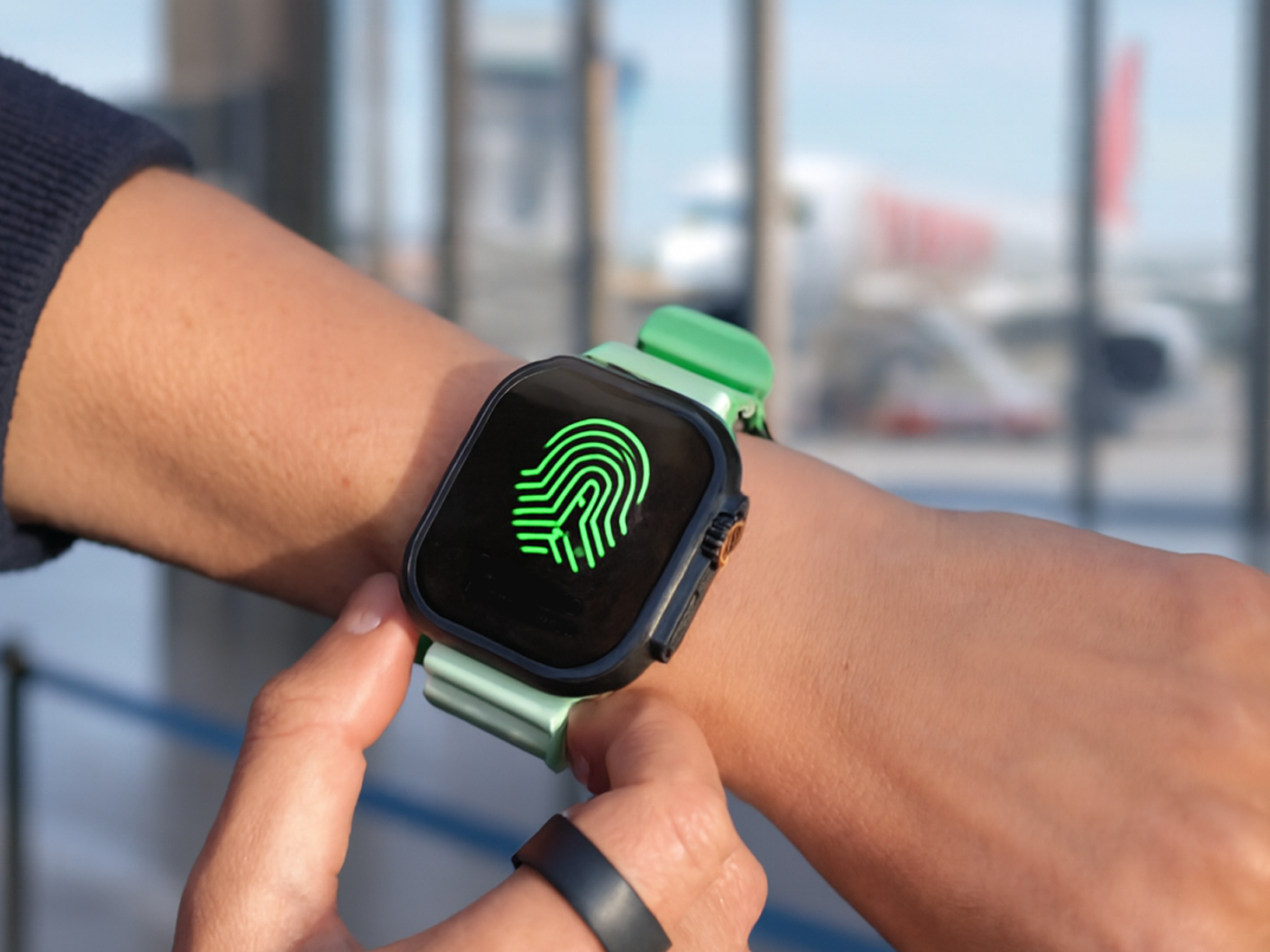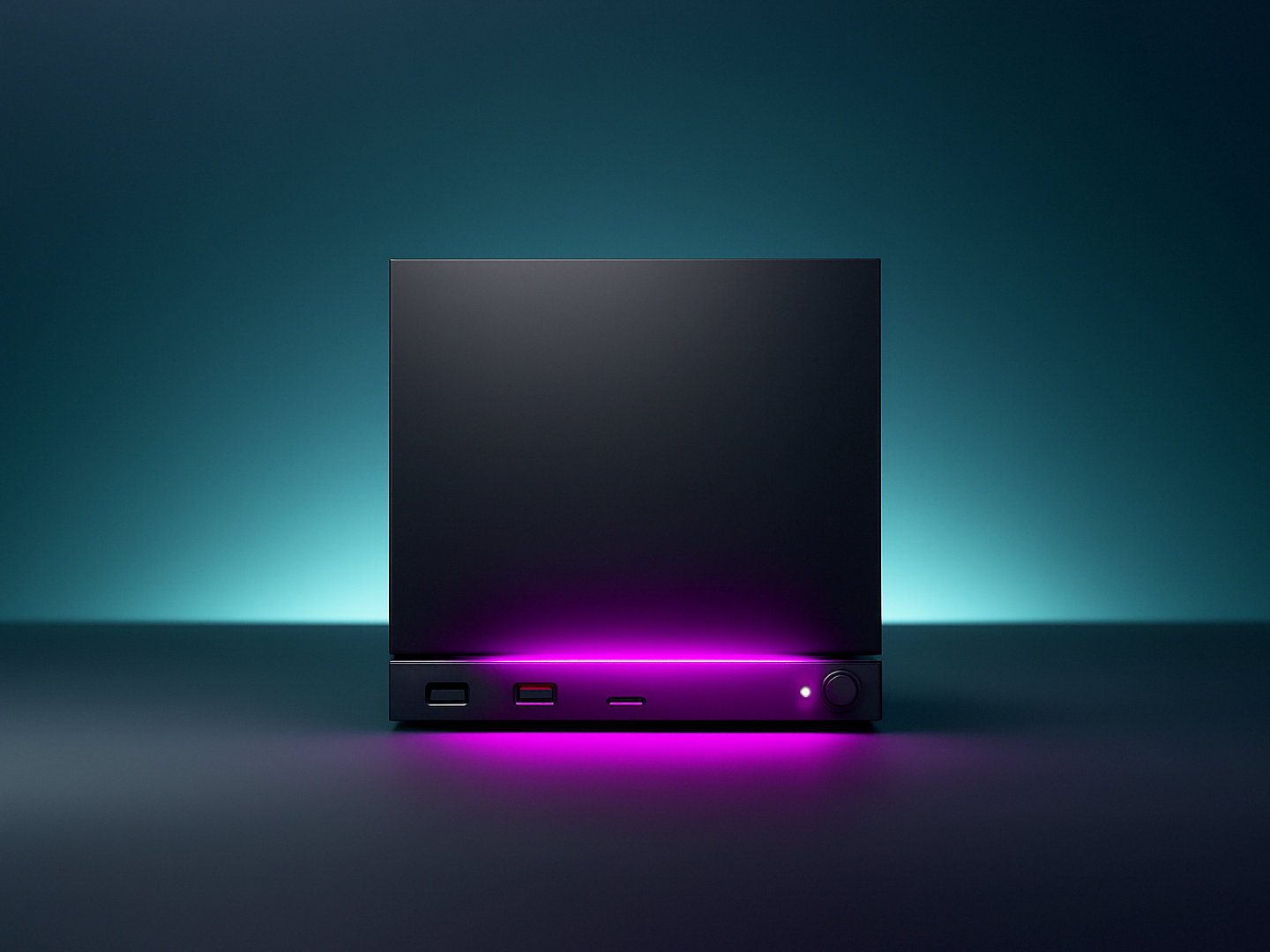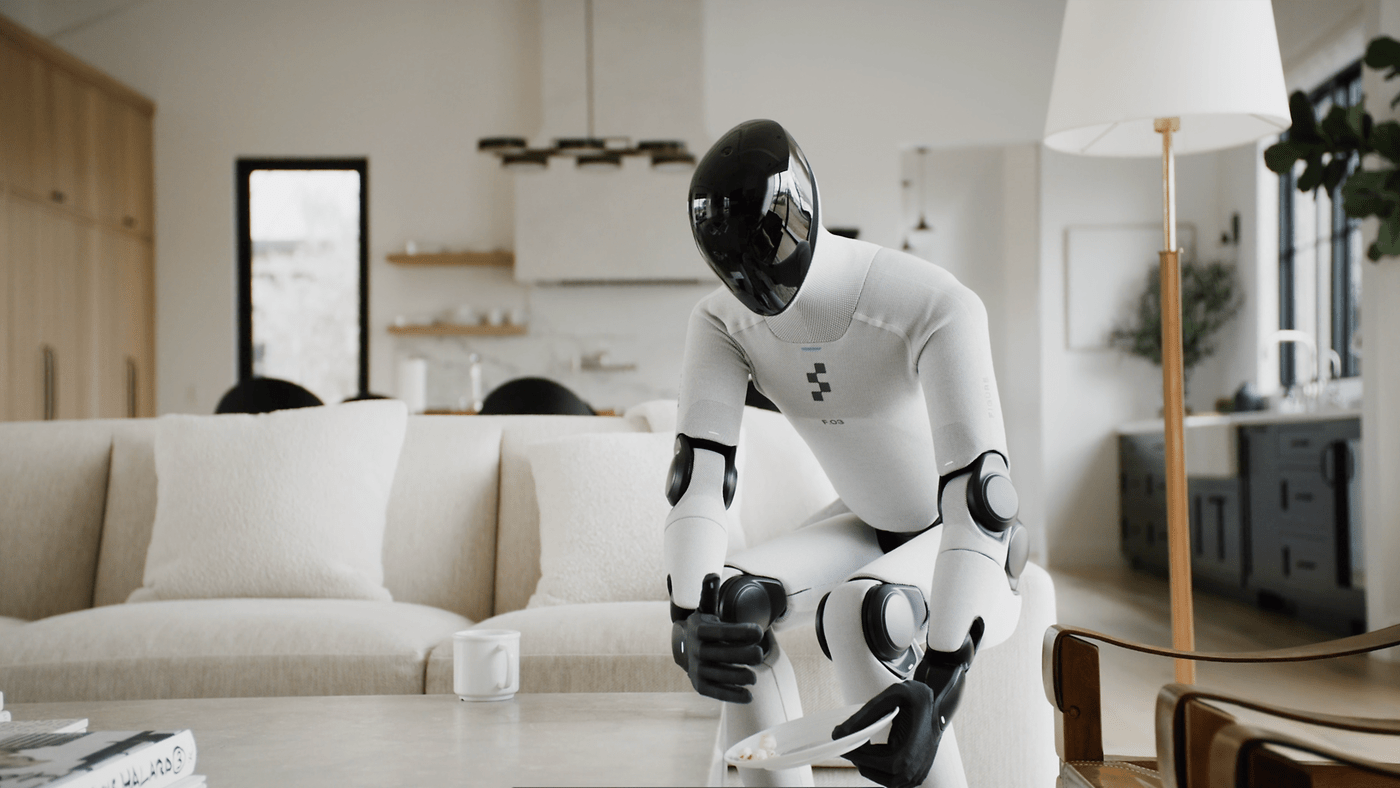
With Figure 03, US start-up Figure AI wants to take the next big leap in robotics. The dream? A humanoid robot that can work independently in the kitchen, at home, or in an industrial setting. According to the company, the new generation has been reworked at every end. Read on to find out why this robot could soon be doing our housework.
Technical Specifications of Figure 03
Figure 03 stands 1.68 meters tall, tips the scales at around 60 kilograms, and can carry a payload of up to 20 kilograms. It moves at around 1.2 meters per second and can run for up to five hours before exhausting its battery reserves. However, it is not these figures that are special, but rather the technology contained within.
The sensor technology has been completely overhauled. Built-in cameras now capture twice as many images per second with only a quarter of the previous latency. Meanwhile, the field of vision has been increased by 60 percent, and additional cameras in the palms of the hands ensure that Figure 03 can see even when its main sensors are covered, such as when it is trying to access the dark confines of a kitchen cupboard.
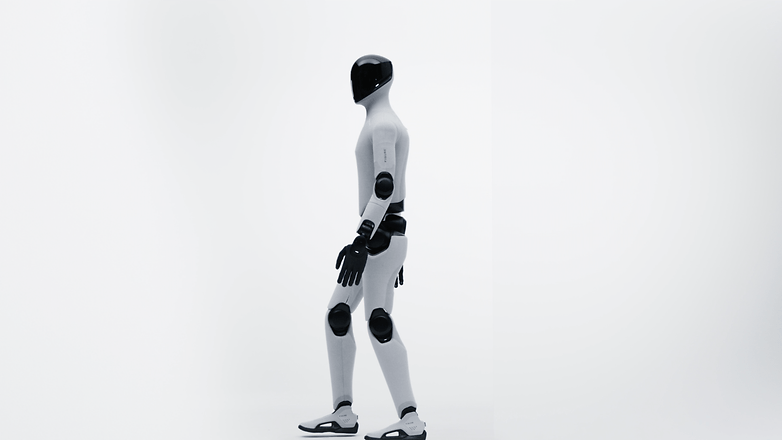
The robot’s hands have been fundamentally redesigned. The fingers are now softer and more adaptive. A more sensitive touch sensor system should enable more precise gripping strength. According to Figure, the robot can grasp objects weighing as little as three grams—roughly equivalent to the weight of a paper clip. The aim is to make gripping and handling as intuitive as possible. The robot is charged at a 2 kW station that it can plug into. You can see how it is charged in the following picture.
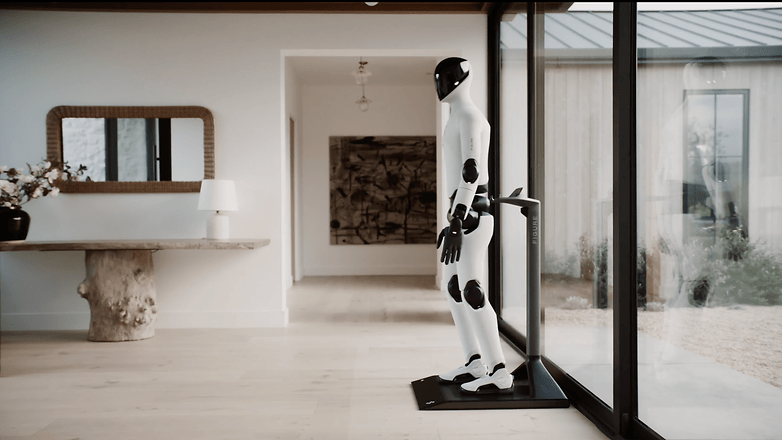
Possible Applications and Planned Mass Production
The Figure 03 was designed for mass production right from the start. According to the manufacturer, a dedicated production line called “BotQ” will soon roll out 12,000 units per year. The company aims to produce 100,000 robots in four years.
Figure also plans to offer various “clothing modules”—from robust work overalls to discreet fabric covers for the home. Even the speaker has improved. It is now twice as large and four times more powerful than its predecessor. The microphone has also been repositioned for clearer voice interaction.
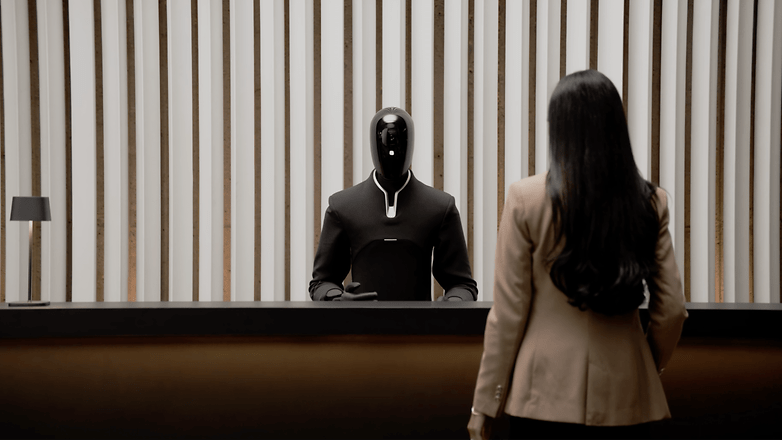
Nevertheless, some skepticism remains. We have all seen what AI is capable of in recent months, thanks to ChatGPT and the like. In this case, however, the real test lies in everyday life: the robot first has to get to grips with untidy kitchens, narrow corridors, changing lighting conditions, and curious pets.
But the potential is there: a robot that delivers parcels, washes dishes, or sorts shelves in the warehouse in the future. However, other issues need to be clarified first. How much will the robot cost? Does the manufacturer even have the capacity and infrastructure for high-volume production? Nevertheless, Figure 03 has impressively shown that humanoid helpers could be here sooner than many people think.




